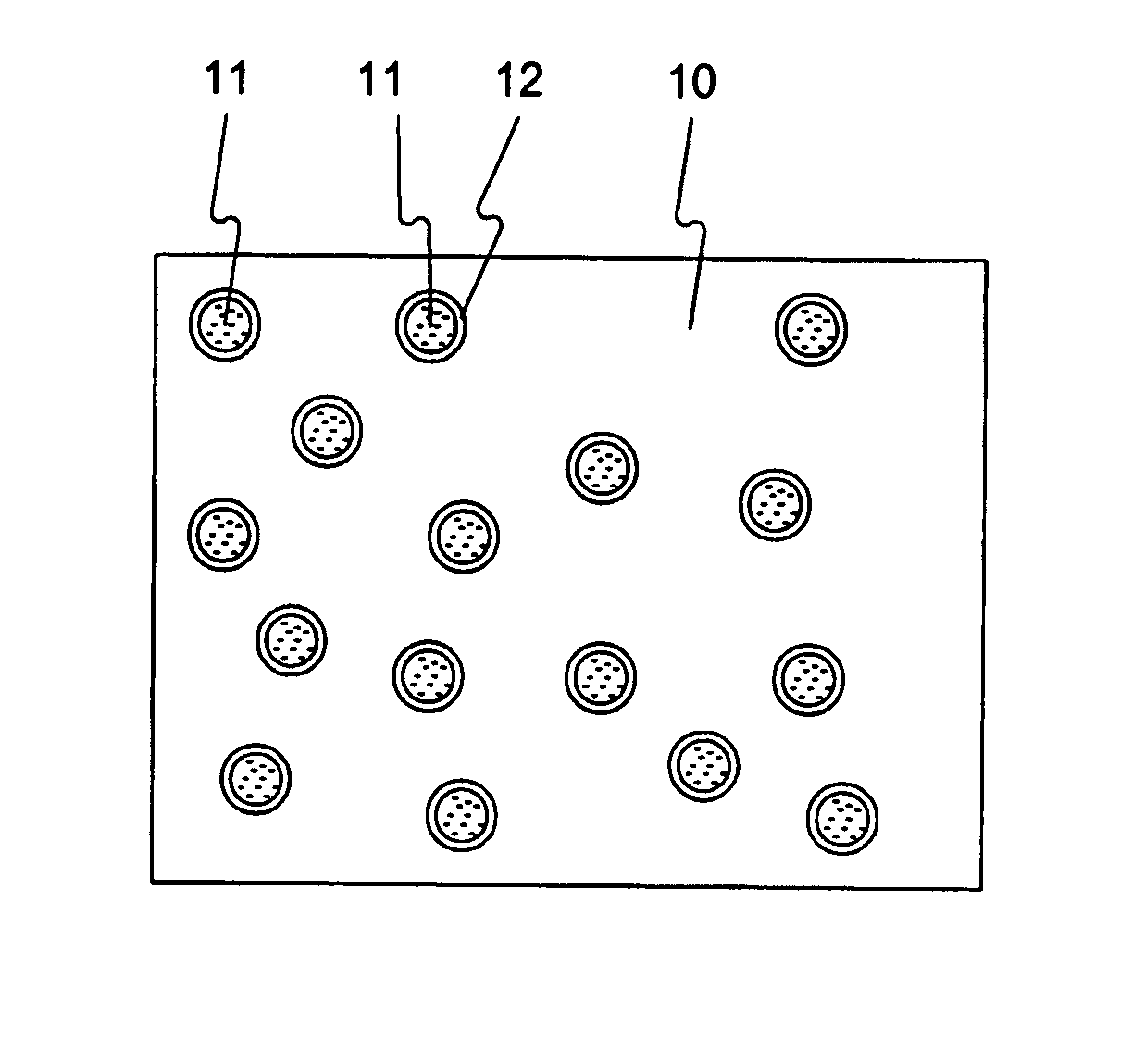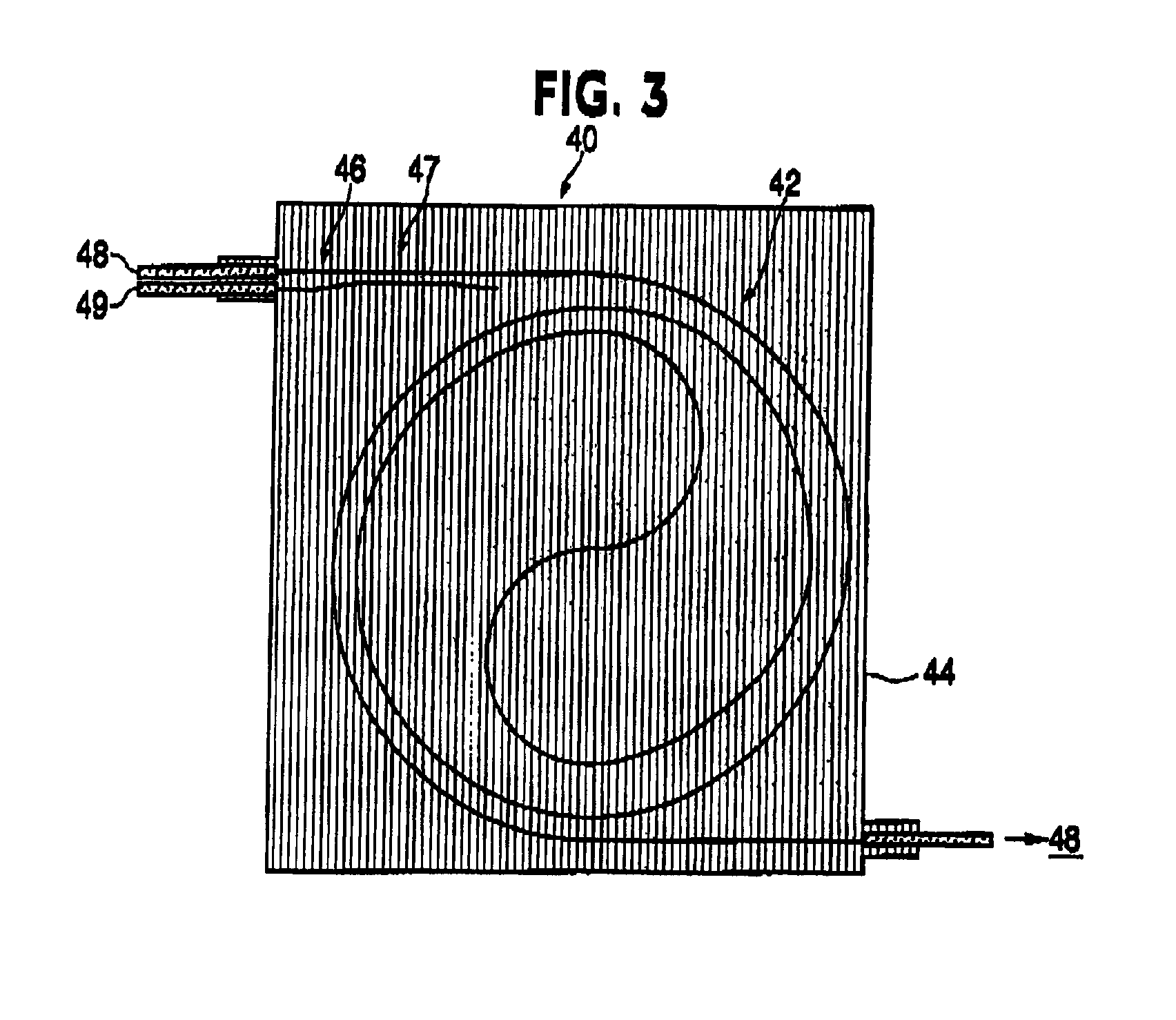Nanocomposite microresonators
a micro-resonator and nano-composite technology, applied in the field of micro-resonators, can solve the problems of limiting the performance of optical switch, limited switching, and the extremely small size required to make these waveguide devices commercially viable, and achieves high transmission, high refractive index, and good optical properties
- Summary
- Abstract
- Description
- Claims
- Application Information
AI Technical Summary
Benefits of technology
Problems solved by technology
Method used
Image
Examples
Embodiment Construction
In the following description, reference is made to the accompanying drawings that form a part thereof, and in which is shown by way of illustration specific exemplary embodiments in which the invention can be practiced. These embodiments are described in sufficient detail to enable those skilled in the art to practice the invention, and it is to be understood that other embodiments can be utilized and that changes can be made without departing from the scope of the present invention.
FIG. 1 provides, a schematic representation of a nanocomposite material according to an embodiment of the invention. The nanocomposite material includes a random glassy matrix 10 and plurality of nanoparticles 11 dispersed either uniformly or non-uniformly within matrix 10. While FIG. 1 shows the plurality of nanoparticles 11 including an outer coating layer 12, which at least partially coats nanoparticles 11 and inhibits their agglomeration, depending on the specific properties desired and / or host matri...
PUM
| Property | Measurement | Unit |
|---|---|---|
| refractive index | aaaaa | aaaaa |
| refractive index | aaaaa | aaaaa |
| radius | aaaaa | aaaaa |
Abstract
Description
Claims
Application Information
 Login to View More
Login to View More - R&D
- Intellectual Property
- Life Sciences
- Materials
- Tech Scout
- Unparalleled Data Quality
- Higher Quality Content
- 60% Fewer Hallucinations
Browse by: Latest US Patents, China's latest patents, Technical Efficacy Thesaurus, Application Domain, Technology Topic, Popular Technical Reports.
© 2025 PatSnap. All rights reserved.Legal|Privacy policy|Modern Slavery Act Transparency Statement|Sitemap|About US| Contact US: help@patsnap.com



